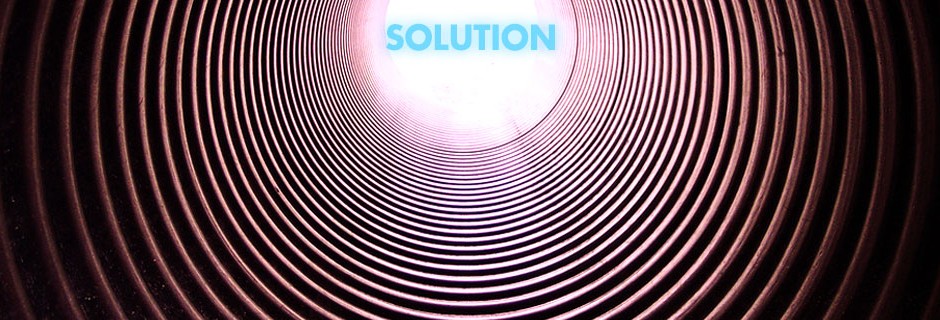Glaucoma
Glaucoma is a name given to a group of diseases that are potentially blinding due to elevated intraocular pressure or intraocular pressure that is too high for the eye.Eye doctor is required for inspection. Glaucoma results in serious damage to the optic nerve and visual field loss. Unlike cataracts, glaucoma can cause permanent vision loss. Because the vision loss is irreversible, treatment is more urgent. An estimated 3 million Americans have glaucoma and it is the most common cause of irreversible blindness in African- Americans. The American Academy of Ophthalmology (Eye Doctors) estimates that 50% of people affected by glaucoma may not even know they have the disease.

There are several ways to classify the different types of glaucoma. Traditionally, they have been classified as open-angle glaucoma and closed-angle glaucoma. Within the eye, there is a constant production of fluid as well as drainage of fluid. The area through which the fluid leaves the eye through the drain, called the trabecular meshwork. In open angle glaucoma, the iris (colored portion of eye) is not blocking the trabecular meshwork. Open angle glaucoma is more common and will often go undetected because the rise in pressure tends to be slow and mild and as a result there are usually no initial symptoms. The vision worsens slowly over time which is hardly noticeable but without treatment, blindness can ensue.Eye doctor Treatment includes medications (eye drops) or laser (selective laser trabeculoplasty, SLT). SLT involves placing approximately 100 marks into the drainage area of the eye to help the fluid leave the eye.So, an eye doctor plays a major role here.

Closed angle glaucoma is less common than open angle glaucoma, but the damage to the optic nerve can be faster and more severe. With closed angle glaucoma, the iris blocks the drainage canals when the pupil enlarges. in dim illumination or as a result of stress or medications. When the drainage gets blocked, the pressure can rise quickly and the patient may notice symptoms such as headaches, eye pain, rainbows around lights at night, blurred vision, and nausea. As a note of importance,there is a subacute (slower) form of closed angle glaucoma where the symptoms are not as intense and may go unchecked; patients sometimes mistake their symptoms for those of migraines. Closed angles or narrow angles can easily be diagnosed with a simple in office test and could save your vision.
If you have narrow angle glaucoma you must consult your doctor before taking over the counter cold medicines, allergy medications, antidepressants, and of course always read all package inserts for warnings regarding glaucoma. The definitive treatment for narrow or closed angle glaucoma is a laser procedure (laser peripheral iridotomy) which involves placing a small hole into the iris so there is an escape route for fluid to leave the eye. When glaucoma is advanced and/or the eye pressure remains too high despite medications or laser, glaucoma surgery is the next treatment. There are 2 main types of glaucoma surgery: Trabeculectomy and glaucoma tube implant. A trabeculectomy involves making a door and a hole into the wall of the eye to create a new drain. The glaucoma tube implant is used for patients with severe inflammation or scarring from previous eye surgery.
Advanced End Stage Glaucoma

Tunnel Vision



